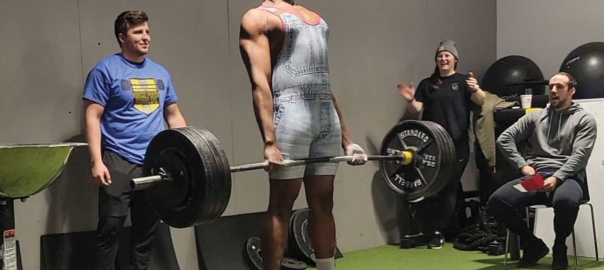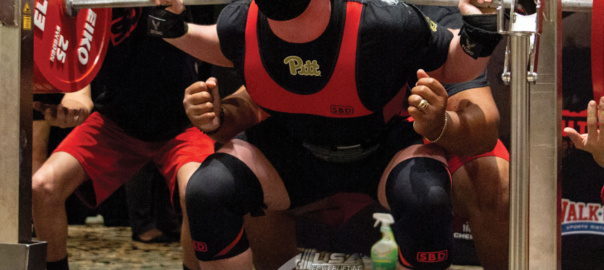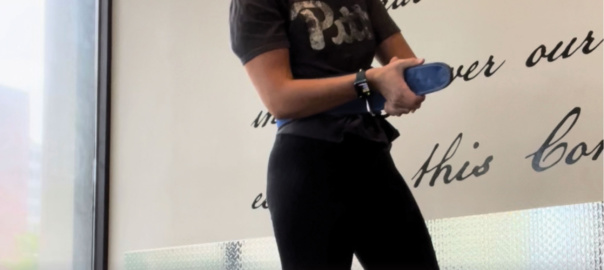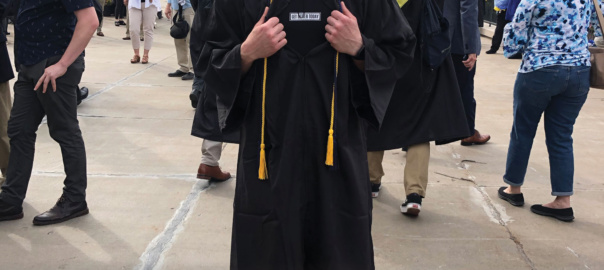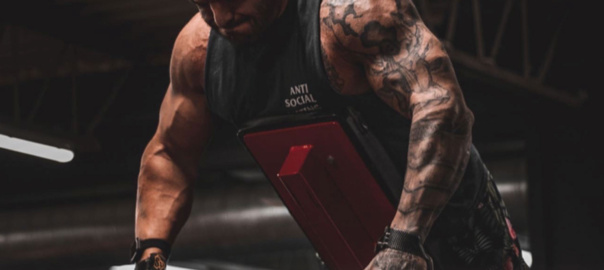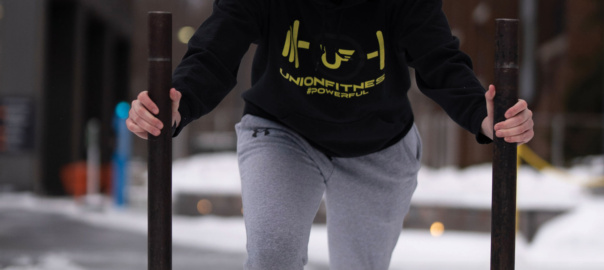Hello, readers! In this blog, I will be getting into more specifics about my approach and process to different kinds of sessions: athletic and non-athletic. By ‘athletic’ clientele, I am referring to those who regularly do physical activity that is engaging most days a week.
Athletic
Before I begin working with a new client whose activity levels are high and/or intense, I ask them to tell me generally how they engage in fitness. This is an opportunity for the client to teach me about their life and experiences. I want to know about their sports of choice, regularity with recovery and what that looks like, and a bit on what they do for fun or work, outside of their athletics. After amassing this data, I then discern my intent with the session(s), create a plan of action to achieve that intent, and get to work.
The sports that someone engages in tells me a lot about what muscles they put effort into using. I can assess which skills of mine would be most beneficial to their muscle groups of use. For example, a powerlifter can experience lateral imbalances but unlike that of a baseball pitcher or tennis player; I’m going to spend more time and effort working with the pitcher’s throwing arm than I would with one arm of a powerlifter (unless I detect dysfunction, or it is/has been injured).
Recovery is a huge part of athletic longevity, so I am sure to ask the athlete what their regimen is like. I want to know whether you seek other therapies and treatments, how often you engage in stretching and mobilizing joints, and what the quality of your sleep and diet are. I am going to know which fields of information I can offer you as advice or where to send you to learn more than what I can offer. Also, this tells me a bit about what sensations a client is used to experiencing. Knowing how you heal helps me anticipate your recovery from the massage, too.
Though less engaging but still relevant are your activities of enjoyment and employment. Non-exercise activities, from drumming to dog walks, all play into how you use your body. I care about my clients as people, so I use this information to connect with my clients, to learn about their lifestyle and hobbies.
Non-Athletic
I approach more sedentary clientele with similar questions to athletes. I need the same amount of information to make sure I still do what’s best for them.
Because I see them as the bases of healing, I still want to know what they do in terms of their diet and sleep. I do put more effort into understanding what it is they do for fun and for work, however. In my experience, the time spent doing these activities have great influence on the anatomy of a non-athlete, as it is when their bodies are at work the most. I have had clients that drive trucks for work or play instruments/perform music often; the driver’s right leg tends to need attention, as would the arm the guitarist uses to hold their instrument and wrists.
The bodily nuances and intricacies that go into non-athletic hobbies and habits can be ascertained vicariously through massage and bodywork. I tend to have more to learn with these clients in terms of how different cultures influence soft tissue use. This is because an athlete generally adheres to very homogenized, specific uses of the body, those that I subscribe to and have studied more closely. Non-athletic clientele receives benefits from massage, just as an athlete would. In order to figure out what is best for them, I just need to tweak my lense a bit to better meet them where they are.
My intake/assessment before I do what I love is to bridge the gap between us, so that I can give you the best service possible. I hope you got a chance to read my first blog post, “An Introduction to Massage Therapy”, where I discuss general reasons to get a massage and an overview of what it looks like to come in for a session with me. I hope you learned something, and thanks for reading!
Malik
